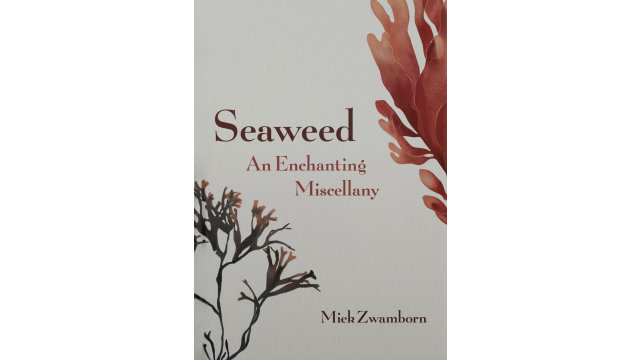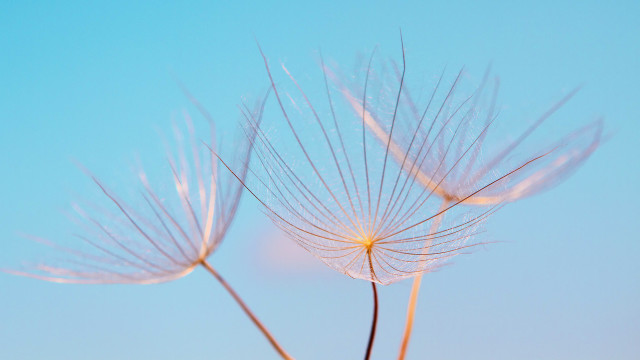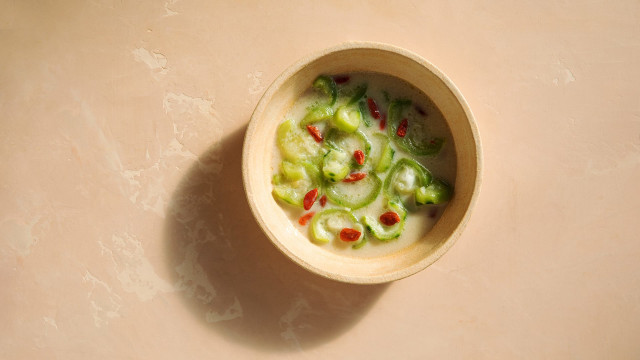Kelp Is on the Way

Recent food discoveries have been hearkening back to childhood experiences I didn’t appreciate at the time: Short ribbons of kombu neatly tied into knots and dropped into that night’s winter melon soup, courtesy of my mom’s heritage. Or the seasoned packs of nori tucked into my school lunches that most other kids didn’t understand. Glimpses into the foundation of a lifelong pursuit of umami-rich foods.
Seaweed is so ubiquitous — even sometimes a nuisance — we expect it as part of the experience when we visit the ocean. Many edible varieties identified and consumed by ancestors of coastal communities are still enjoyed today, but most people don’t think of it as food. We hardly blink an eye when someone speaks of clam digging and surf casting, and oyster farming has become a sustainable industry staple. Why not seaweed?
Many of us love sushi rolls for the nori-powered hit of umami tying it all together. Beyond that, you don’t see much seaweed at your local grocery store. My friend Suzie Flores, a sugar kelp farmer in Stonington, Connecticut, is on a mission to build awareness of seaweed as delicious, nutritious, and beneficial to the environment. Fresh sugar kelp, specifically, is high in minerals (iron, iodine, magnesium, potassium, and calcium) hard to find in terrestrial plants, as well as omega-3s and some amino acids.
Sugar kelp is native to this area, which makes it easy for Flores to grow at her farm in Fishers Island Sound. Kelp flourishes in the winter months, so there’s less competition with seasonal activity in the water. Phycologists (seaweed scientists) and marine biologists have developed a simple way of growing it on lengths of rope.
Nutritious & Sustainable
Aside from the benefits of eating this sea vegetable, farming sugar kelp sequesters carbon and pulls nitrogen from the ocean, preventing algae blooms. It also creates a habitat for marine life and acts as a natural, energy-absorbing barrier, protecting the shore from storm surges. Overall, growing kelp improves the waterway and that, in addition to the income, gives Suzie all the satisfaction in the world.
I was turned on to fresh sugar kelp a couple years ago by my chef friend Eric Cooper, who works at Forage in Cambridge, Massachusetts. To inspire each other, we exchange fermentation experiments whenever we meet. He always has a look on his face when there’s something special to share, and I vividly remember the day the fresh sugar kelp arrived. Upon tasting, I was immediately transported to a day at the beach, smelling the salt spray as the waves crashed against the rocks. The oceanic umami with a hint of sweetness married with the crisp and crunchy snap was delightful. I couldn’t stop eating it.
As with all wonderful fresh ingredients, there’s only a short window to appreciate kelp at its peak. It’s a good thing there’s a rich history of techniques and processes to tap into. We started down a path inspired by Japanese kombu. Simply wrapping vegetables, meat and fish in kelp is a wonderful way to add a subtle touch of umami without using a brine or marinade. We tried a variation on Japanese pickles (tsukemono), layering slices of vegetables in between kombu seasoned with salt, sugar and splashes of rice wine vinegar.
Of course we dried some for future use in dashi and furikake. Apart from these traditional recipes, we also included fresh kelp in batches of miso and soy sauce we were making. Both of those turned out to be amazing.
These results led to building a relationship with Suzie, our kelp farmer friend, who was excited about what we were doing. As a result, Eric and I were invited to participate in New England Kelp Harvest Week to educate through the lens of fermentation. Two months ahead, Suzie gave us ten pounds of sugar kelp to experiment with. This resulted in an extravaganza of delicious experiments.
Highlights included curtido (a Salvadoran lacto-fermented slaw) with lengths of kelp added, smoked seaweed mixed with homemade miso, slow roasted baby red potatoes wrapped with kelp, and a caramelized kelp ribbon candy. We presented these experimentations to an enthusiastic audience. One woman from across the pond in Edinburgh was so excited about what we were doing she foraged kelp ahead of the class to follow along with us live.
After the presentation, I made a trip down to visit Suzie for a boat ride to help harvest kelp from her farm. It was an unbelievable experience, to pull up the prolific growth from the water and cut the very seaweed I had fallen in love with. Eating it fresh from the ocean was an experience I will never forget.
There’s no greater satisfaction and joy than meeting a farmer who cares so deeply about what they grow, nourishing both people and the environment. I even got to teach Suzie how to make the kelp candy for her mother, not a very adventurous eater, who adores it. Good for the ocean, good for you, and delicious to boot — what's not to love?
RECIPE: Sugar Kelp Pickles
Key Takeaways
- Sugar kelp is rich in minerals.
- Sugar kelp has more omega-3s and minerals.
- Sugar kelp supports marine ecosystems.





